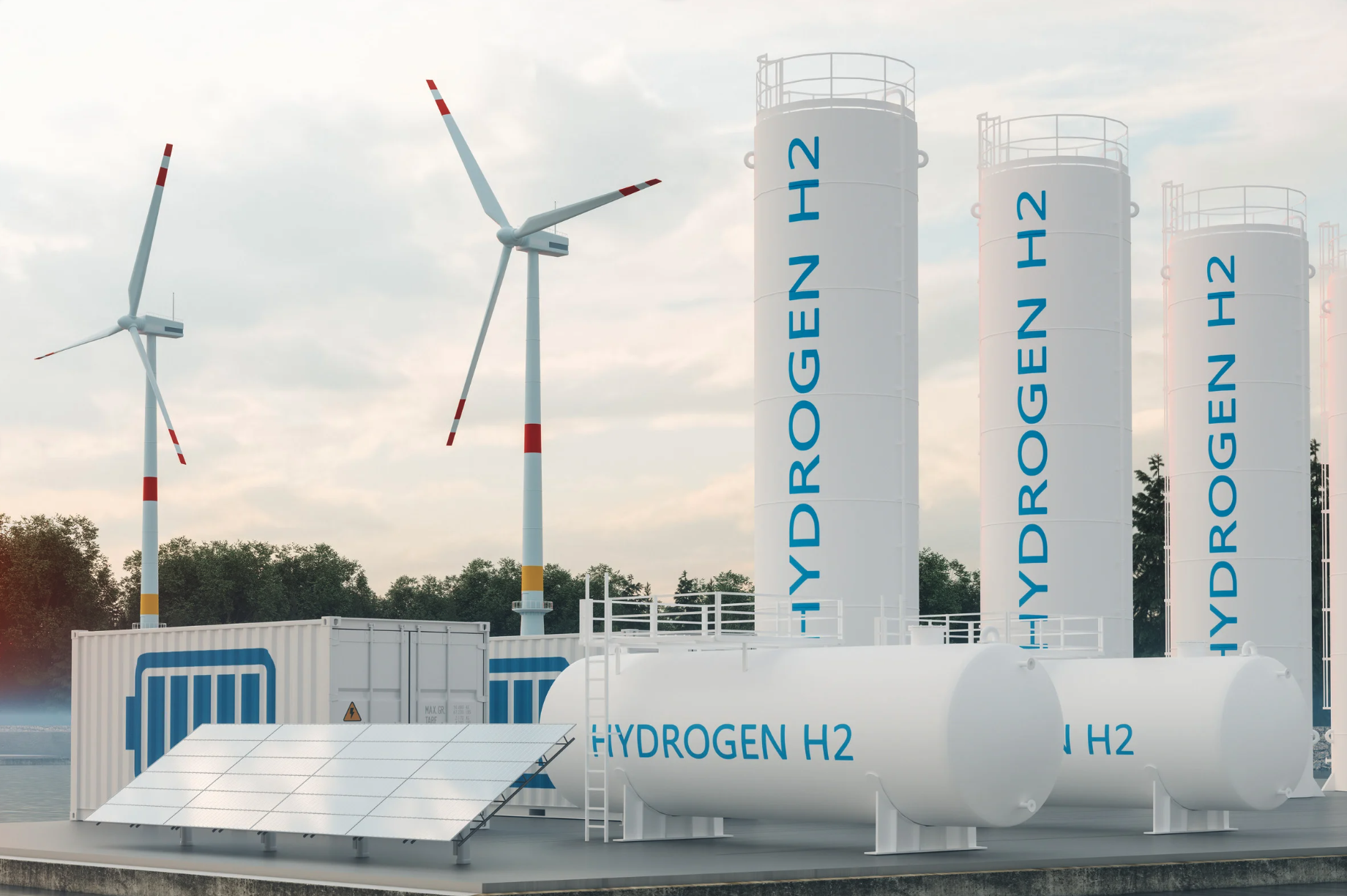
The Challenges and Complexity of Sensing Multigas Matrices: Hydrogen and Methane (today)
In environmental monitoring and industrial safety, the detection and quantification of multiple gases simultaneously is a critical yet complex task. Hydrogen (H2) and methane (CH4) stand out among the myriad of gases that require monitoring due to their prevalence and significance. Hydrogen, widely used in industries and emerging as a clean energy source, and methane, a potent greenhouse gas and major component of natural gas, both present unique challenges in their detection. A key difficulty in sensing these gases lies in their cross-sensitivity, where sensors designed to detect one gas may inadvertently respond to the presence of another, leading to inaccuracies and potential safety hazards.
Cross-sensitivity between hydrogen and methane sensors is particularly problematic due to these gases’ similar chemical and physical properties. Both gases are small, nonpolar molecules, meaning the materials used in sensor technologies may interact with them similarly. For instance, metal oxide semiconductor (MOS) sensors, commonly used for gas detection, rely on changes in electrical resistance when gas molecules interact with the sensor surface. However, hydrogen and methane can alter the resistance similarly, making it difficult for these sensors to distinguish between the two gases accurately. This cross-sensitivity can lead to false positives, where the presence of methane is misread as hydrogen and vice versa, posing significant risks in environments where precise gas detection is crucial.
Addressing cross-sensitivity requires sophisticated sensor design and calibration techniques. Advanced sensor technologies often employ selective catalytic materials that preferentially interact with one gas over another. Additionally, integrating multiple sensor types and employing algorithms to analyze the sensor responses can help differentiate between gases. For example, a sensor array with different coatings might respond uniquely to hydrogen and methane, allowing a combined signal processing approach to more accurately discern the presence of each gas. However, these solutions can be expensive and complex, requiring ongoing maintenance and recalibration to ensure their efficacy over time.
Commercially available hydrogen and methane sensors each have their own capabilities and limitations. Electrochemical sensors are popular for hydrogen detection due to their high sensitivity and specificity. These sensors operate by oxidizing hydrogen at an electrode, producing a measurable current proportional to the hydrogen concentration. However, they can be susceptible to interference from other gases, including methane. On the other hand, methane sensors often use infrared (IR) absorption technology, which measures the specific wavelengths of IR light absorbed by methane molecules. While these sensors are generally less affected by hydrogen, they can be costly and require a clear line of sight to the gas source, limiting their application in complex environments.
In conclusion, while significant progress has been made in developing hydrogen and methane sensors, the challenge of cross-sensitivity remains a critical obstacle. Accurate and reliable detection of these gases is essential for safety and environmental monitoring, necessitating continuous advancements in sensor technology. As industries move towards more integrated and intelligent systems, the quest for more refined and precise gas-sensing solutions will undoubtedly drive future innovations.
Fast Sense is actively engaged in the research and development of cutting-edge sensor technology. To enhance selectivity and accuracy, we are exploring innovative approaches, including nanomaterials, advanced signal processing algorithms, and hybrid sensor systems. Our nanomaterial-based sensors, combined with chem-resistive catalytic mechanisms, offer the potential for high surface area interactions and improved sensitivity.








